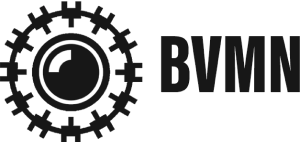The construction of vulnerabilities and categories of protection in the Samos CCAC
.jpg)
By Charlotte Hutton, BVMN UN Advocacy Team member and former Advocacy Assistant and Caseworker at I Have Rights (IHR). Editing by Emilija Krivosic. Published on 15 October 2025
Header image: Plan of Samos CCAC, during a visit of the OSCE OSCE Parliament Migration Committee in March 2022. Credit: OSCE Parliament Assembly
This post is co-published with member organisation I Have Rights.
The terms ‘refugee’ and ‘asylum seeker’ are legally defined categories that entitle their holders certain rights and mobilities. However, they also exclude other individuals who are unable to attain them from protection, therefore restricting and curtailing their movements and legitimising hierarchies of protection. This is reflective of the permeability of borders themselves, which are only constructed through mobility, as are the identities ascribed to the bodies moving through them. These processes are intersectionally constituted through racialised and gendered hierarchies shaped by coloniality. As University of Oxford Professor Alpa Parmar puts it, states thus have the “productive capacity to make and maintain race through bordering regimes”.
The Closed Control Access Centre (CCAC) structure, which emerged from the EU’s ‘hotspot approach’ in 2020, constructs vulnerabilities and reinforces hierarchies of protection among the population it contains, therefore justifying further immigration controls through invasive border technologies.
The ‘hotspot approach’ and the Samos CCAC
Following the declaration of a so-called refugee crisis in 2015, the European Commission launched what it dubbed a “hotspot approach” to register migrants arriving at the EU’s external borders.
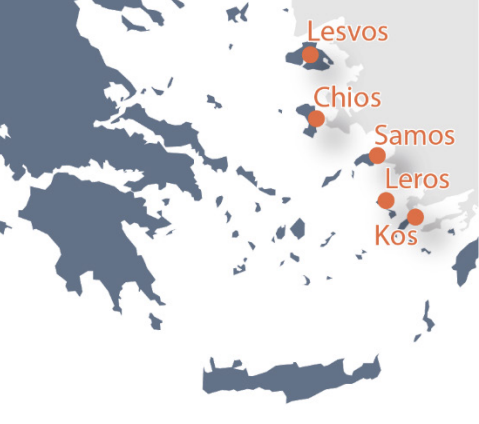 A map showing the location of RICs in the Aegean islands as of February 2019. Source: European Agency for Fundamental Rights
A map showing the location of RICs in the Aegean islands as of February 2019. Source: European Agency for Fundamental Rights
Some of these initial ‘hotspot camps’ have since been turned into further securitised Closed Control Access Centre (CCAC) structures. Since 2020, the European Commission has supported Greece in setting up CCACs, which were designed to replace the former “hotspots” for people seeking asylum on the Aegean islands, and where inadequate conditions often prevailed. The EU-funded Closed Control Access Centre on Samos (Samos CCAC) opened in September 2021, serving as the blueprint for the Common European Asylum System (CEAS).
European authorities have argued that the need for hotspots results from migratory flows at the EU’s external borders where “organised migrant smuggling” is involved. Furthermore, its purpose is to “provide a platform for EU agencies to intervene rapidly and in an integrated manner” where “there is a crisis due to specific and disproportionate migratory pressure”.
However, critics have described the hotspot approach as ambiguous, insufficiently defined and conceptually unclear. From its inception, the hotspot approach has been a key component of European so-called migration management, ultimately justifying its carceral approach through humanitarian discourses of protection and the control, surveillance and policing of the mobility of migrants, refugees and asylum seekers. State humanitarianism in the form of refugee camps has been about “managing the undesirables”. In the context of the Samos CCAC, this is achieved through the creation of administrative categories to filter through the migratory flows arriving in such hotspots’ and are shaped by colonial, gendered and racialised constructions of security and threats and vulnerability and protection.
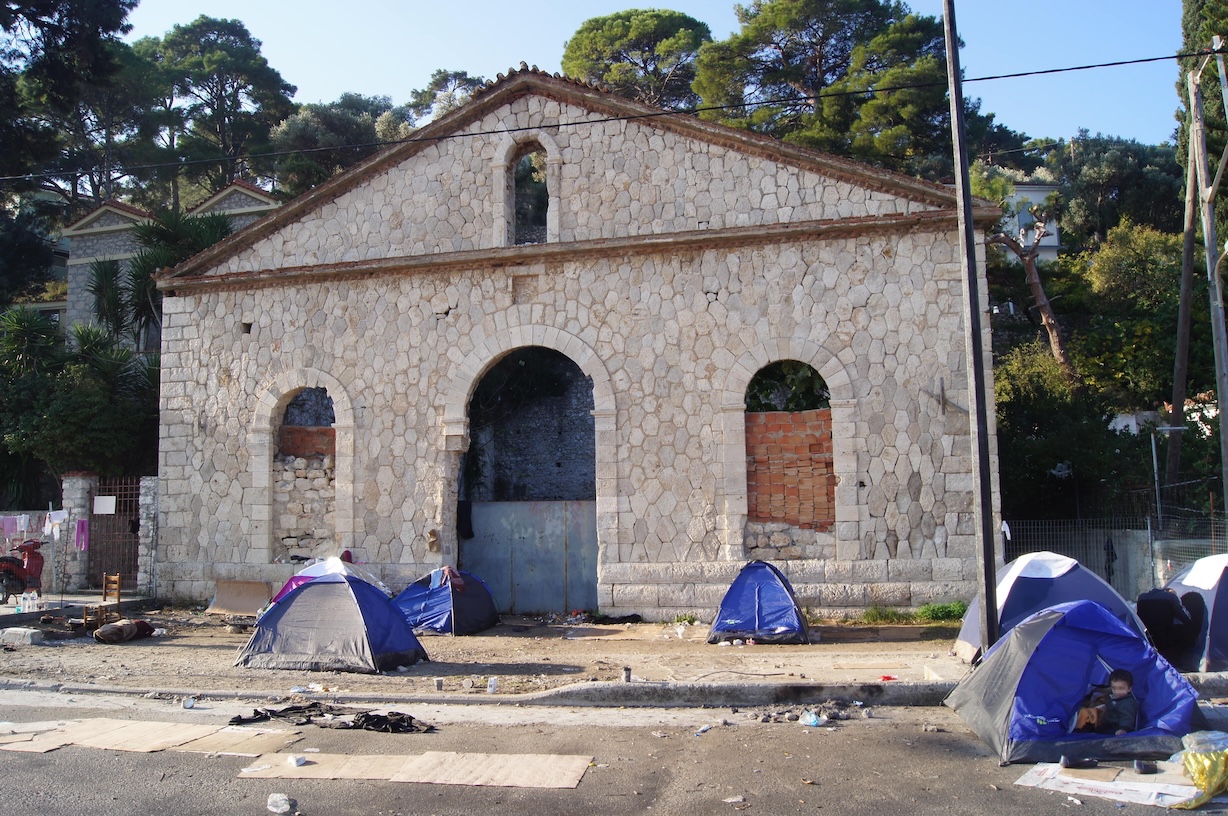 Tents of asylum seekers who recently arrived on the island of Samos. Picture taken in November 2015. Credit: jtstewart
Tents of asylum seekers who recently arrived on the island of Samos. Picture taken in November 2015. Credit: jtstewart
‘Hotspots’ are geographically positioned in border sites of extraordinary violence and “mass injury”. Mass injury occurs when less-than-deadly forms of violence, inflicted on mass groups of racialised people, avoid public scrutiny and form a separate form of accepted behaviours.
This violence towards people on the move is often cloaked by the illusory conceit of humanitarian “care” by the authorities inflicting it. In 2024 alone, over 2,200 people died or went missing in the Mediterranean trying to reach Europe. The proliferation of pushbacks in the Aegean and the Mediterranean has contributed to the extreme sites of violence characterising such ‘hotspots’.
‘Vulnerabilisation’ of human trafficking victims
Survivors of human trafficking are subjected to administrative categorisations whereby they are defined by their vulnerability and exploitation seemingly solely at the hands of traffickers. Frontex, the EU Border Agency, has claimed that its border guards are the “only opportunity” for survivors of trafficking to “get support and protection from exploitation” and “unscrupulous traffickers”. This ignores how survivors of human trafficking consistently experience rights violations through the lack of action of state authorities. Not only are survivors subject to a lack of protection from the state, they are also faced by the threat of the same authorities.
Mainstream discourses generally view ‘national security’ through racialised gender binaries; one in which the female body is rendered vulnerable whilst the male body presents danger or threat. In the context of border securitisation discourses, the body of the female migrant or trafficking survivor is thus made vulnerable against their ‘exploiter’; the figure of the male migrant.
However, these mainstream anti-trafficking discourses fail for their reliance on white supremacy and for overlooking the role of global capitalist relations of power. Instead, the concept of “Border Vulnerability” helps us to understand how the EU has reconfigured the hotspot as sites of humanitarian care, and shapes the definitions of who is seen as a security threat and who is deserving of care and protection.
Border Vulnerability” is a key tool of how the EU, with assistance from agencies such as Frontex, lay their claim to a ‘hotspot humanitarianism’ and enact a form of “liberal border governance”. A good example of this is the so-called vulnerability assessments that are supposed to be carried out when people first arrive at the CCAC. These assessments are intended to measure the risk of “irregular cross-border activities” and provide data to Frontex to use in their border operations and training materials, and as such vulnerability becomes a key tool to ultimately exclude migrant bodies. This is a prime example of what political geographer Polly Pallister-Wilkens terms the EU’s border “ processes of care and control” and demonstrates that securitisation is ultimately concerned with furthering exclusionary and violent border regimes under the guise of protection.
The Samos CCAC, directly emerging out of the hotspot system and characterised by its invasive surveillance technology, can be seen as an attempt to make humanitarian an ultimately militarised EU border regime. I Have Rights (IHR), a BVMN member organisation, monitoring the treatment of people detained in the CCAC, has observed that no vulnerability assessments are being carried out when people arrive in the Samos CCAC. Trafficking survivors in the hotspot islands become a pawn in the EU’s cruel game of legitimising its violent securitisation discourses in the name of protection. Not only is the EU-funded CCAC, and its multiplicity of public and private actors, failing to achieve its liberal guise and so-called humanitarian aims, this has also meant that survivors of human trafficking go unidentified and unsupported.
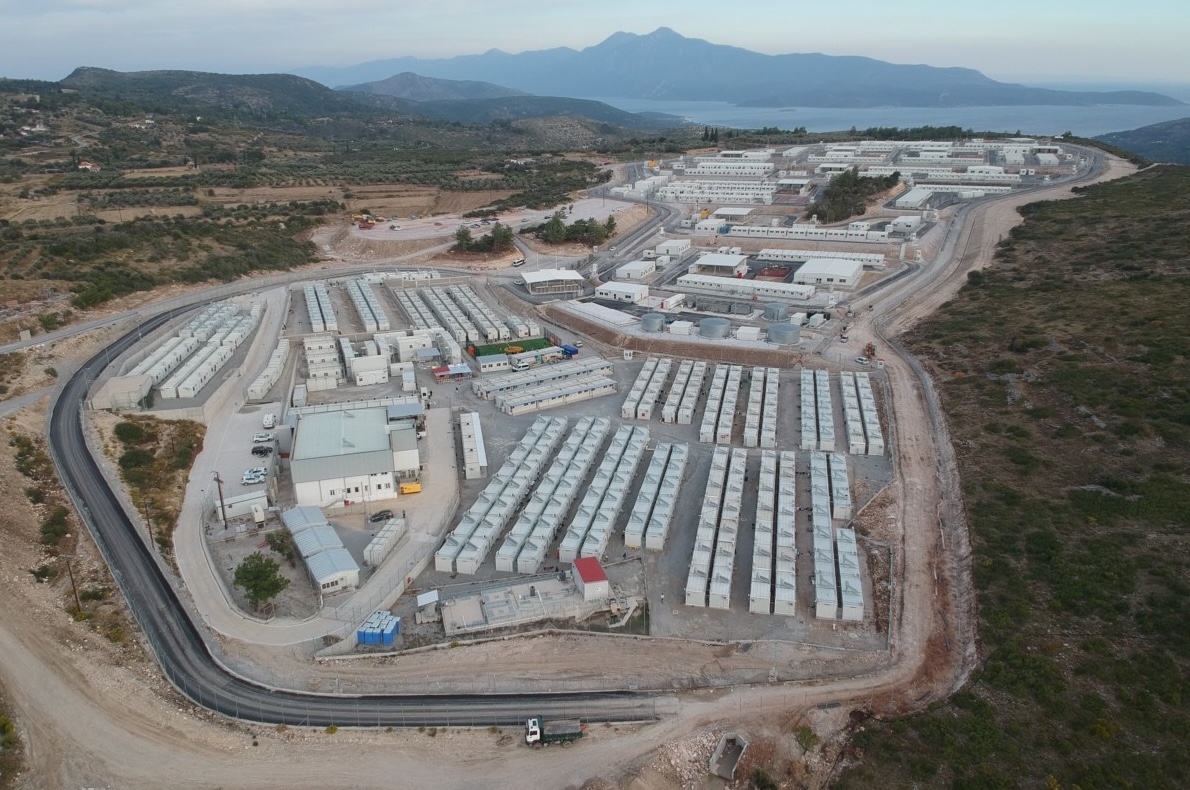 View of the Samos CCAC during its construction. Credit: Greek Ministry of Migration and Asylum
View of the Samos CCAC during its construction. Credit: Greek Ministry of Migration and Asylum
Testimonies of trafficking survivors detained in the CCAC
Since its inception, the Samos CCAC was never intended to provide suitable accommodation to its residents. Human rights organisation have compared the Samos CCAC to a “prison”, where mass confinement, de facto detention, and other inadequate living conditions prevail. In September 2023, the official capacity of the Samos CCAC was changed by the Greek authorities from 2,040 to 3,650, without any corresponding material improvements to the facility’s ability to accommodate the sudden population increase.
IHR provides individualised, free and confidential legal information to people seeking asylum on Samos held in the CCAC. Through its work, IHR collects testimonies from individuals who have been identified as survivors of human trafficking to provide a snippet into their mistreatment and the unlawful practices in the Samos CCAC. These accounts highlight how hotspot camps like the Samos CCAC actively contribute to a ‘vulnerabilisation’ of people on the move in general, particularly to trafficking survivors. IHR has repeatedly maintained that the Samos CCAC is unfit to accommodate anyone, and highlighted the serious gaps in the Greek authorities’ treatment of survivors of human trafficking.
‘Forced to sleep on cardboard on the floor’
M, who was identified by IHR caseworkers as a survivor of human trafficking, sexual violence and torture reported that she was de-facto detained in ‘very awful’ conditions that ‘she could not even describe’. M reported that the toilets in the room she shared with eight other people were ‘disgusting’ and had not been cleaned. There were no beds and reportedly the group were forced to sleep on cardboard on the floor for three days.
‘No running water and toilets were very disgusting’
L, identified as a survivor of human trafficking and sexual violence, reported that she was in so-called quarantine in March 2025 alongside 20 other people. L reported that men and women in the group were separated in two containers. L reports that there was no running water, and the toilets were “very disgusting” and hadn’t been cleaned at all. There were also reportedly not enough beds, meaning that they would have had to sleep two people in one bed. L reported that after a few hours, the group complained about the conditions and demanded to be moved and were eventually taken to another zone in the camp, where they were detained for two days. L believes that if they had not protested the conditions, they would have had to stay in the first detention area for the duration of the quarantine period.
‘We lock our doors with rope wire’
Z, a survivor of FGM and forced marriage arrived on Samos alone with her seven-month-old baby and reported that every night she locks the door to her container with rope wire she fashioned herself, otherwise reportedly the door would be able to be opened from the outside. In addition, another client reported that the doors in the showers and toilets of the female bathrooms cannot lock and sometimes can’t even be closed properly.
‘It doesn’t matter if you are checked by a man or a woman’
One female survivor reported that when re-entering the CCAC, camp authorities used a ‘machine’ to search between their legs and even ‘brush (their) breast’ whilst they are being searched, a practice she described as ‘humiliating’. Another client of IHR reported that once she saw a woman refuse to be searched by a man, and she was treated with further suspicion as if ‘she might be hiding something’.
These short testimonials provide only a glimpse into the conditions inside the Samos CCAC that affect people who have been vulnerablised through the intersections of gendered bordering controls. IHR have consistently stated that the Samos CCAC is unfit for the people who are held and confined there, and has particular consequences for people rendered vulnerable due to immigration controls, including survivors of trafficking. Advocating for ‘improved conditions’ does not therefore go far enough in addressing the ways in which the Samos CCAC upholds the EU’s so-called migration management of care, control, containment and surveillance. Facilities like the Samos CCAC need to be abolished in their entirety.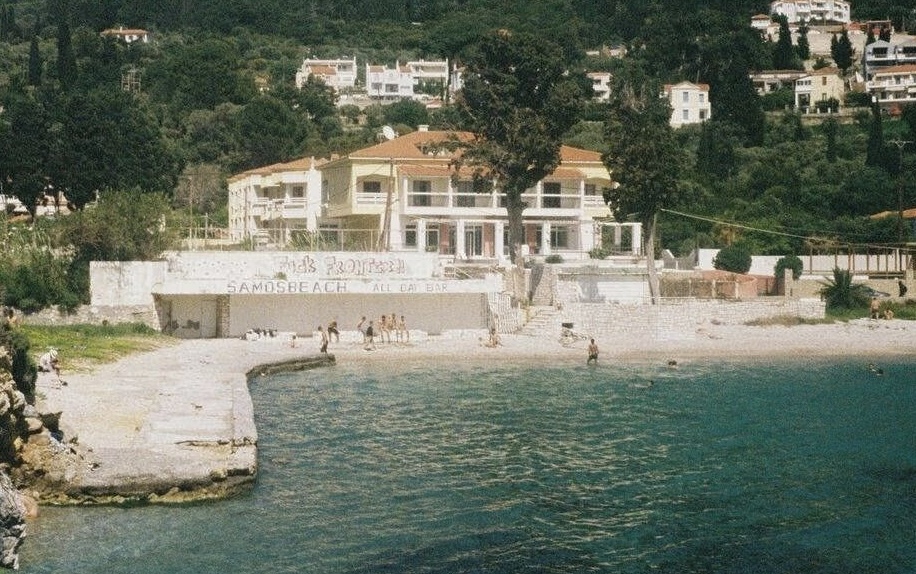 Photo taken by the author in summer 2025. It shows residents of the CCAC at Samos beach, where a “Fuck Frontex” graffiti can be seen. Credit: Charlotte Hutton
Photo taken by the author in summer 2025. It shows residents of the CCAC at Samos beach, where a “Fuck Frontex” graffiti can be seen. Credit: Charlotte Hutton
The Border Violence Monitoring Network accepts submissions for its blog. To contribute, please send your submission to press@borderviolence.eu
Thank you for your interest. We look forward to your contribution!
